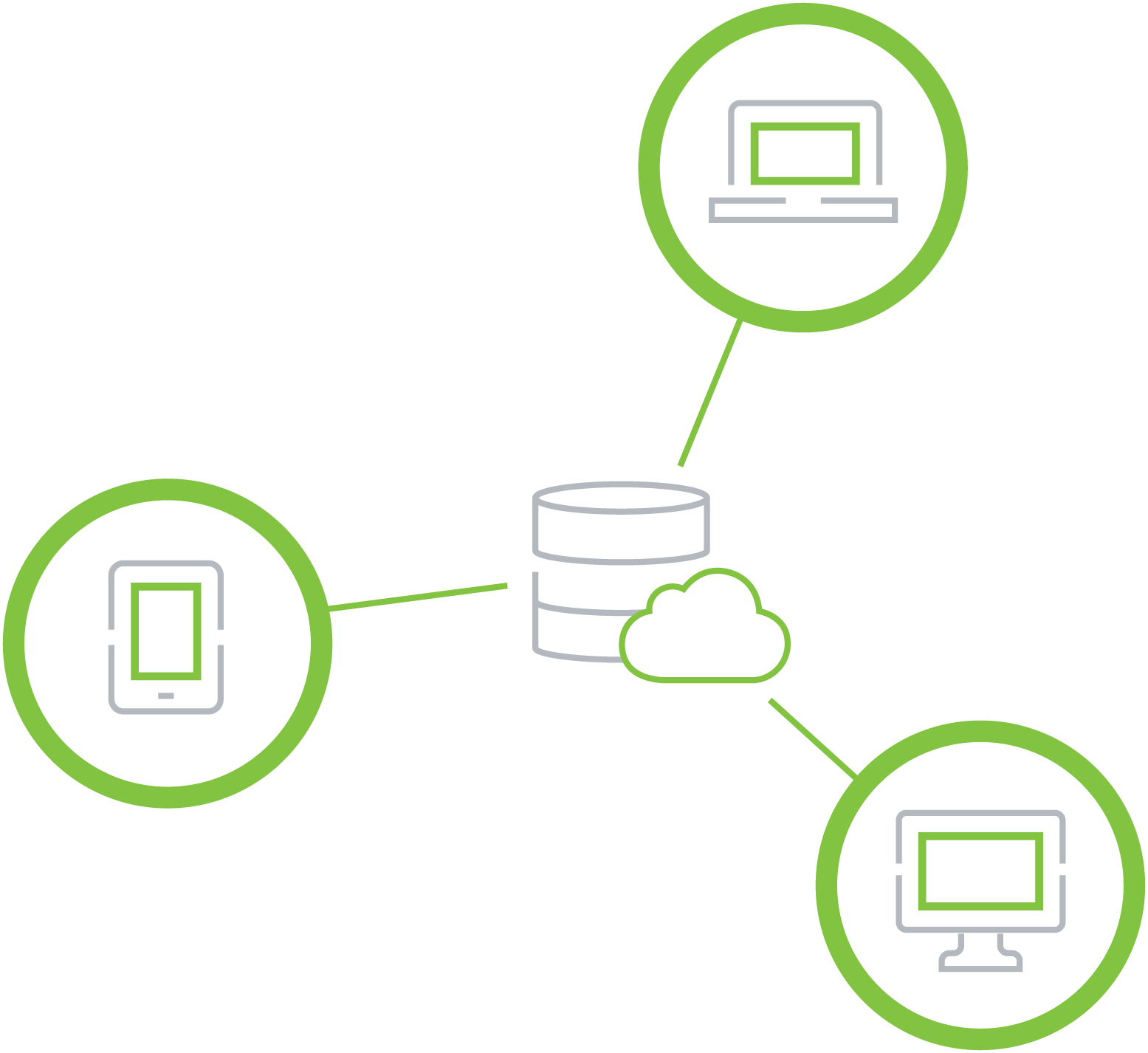In today’s landscape of increasingly sophisticated cyber threats, traditional password-based protection is no longer enough. Multi-Factor Authentication (MFA) has emerged as a crucial defense mechanism, providing businesses with an additional layer of security that extends far beyond simple passwords.
MFA works by requiring users to verify their identity through two or more independent methods, creating strong security barriers that prevent unauthorized access to sensitive systems and data. With incidents of data breaches and stolen credentials on the rise, MFA has become one of the most effective strategies to counter compromised credentials and safeguard business assets.
Why MFA Matters
MFA enhances security by ensuring that access is only granted when multiple forms of verification are provided—such as a password, a physical security token, and a biometric identifier.
Common MFA methods include:
Time-Based One-Time Passwords (TOTP): Delivered via SMS or generated in apps like Google Authenticator or Authy, these codes expire within 30 seconds for added security.
Hardware Tokens: Small physical devices that generate unique authentication codes when activated.
Biometric Authentication: Fingerprint or facial recognition scans, increasingly used in mobile devices and high-security systems.
The benefits of MFA are substantial. Even if hackers manage to steal a password, they cannot gain access without the additional verification factor. According to Microsoft, MFA can block 99.9% of automated account compromise attempts, making it an incredibly effective shield against phishing, brute force attacks, and credential stuffing.
MFA also helps businesses comply with regulations like GDPR, HIPAA, and PCI-DSS, protecting both sensitive data and brand reputation. Research shows that accounts with MFA remain uncompromised up to six times longer than those without it. For example, Facebook reported significant drops in phishing successes and unauthorized logins after introducing MFA to its users.
Challenges of Implementing MFA
Despite its benefits, rolling out MFA comes with challenges:
User Resistance – Employees accustomed to single-password logins may view MFA as inconvenient, especially when required to enter SMS codes or use authentication apps. Without proper education, this can lead to poor compliance.
Integration with Legacy Systems – Older systems may not have been designed with modern authentication in mind, making integration costly and time-consuming.
Operational Complexity – Managing multiple authentication factors requires robust support systems for lost tokens, device failures, and login errors.
Security Trade-offs – SMS-based MFA can be vulnerable to SIM-swapping attacks, hardware tokens may suffer from hardware issues, and biometric methods can raise privacy concerns.
The goal is to balance high security with ease of use so that employees adopt MFA without resistance.
Best Practices for a Smooth MFA Rollout
To ensure a successful MFA deployment, businesses should:
Choose the Right MFA Solution – Evaluate current systems, security needs, and growth plans before selecting between SMS codes, authentication apps, hardware tokens, or biometrics.
Ensure System Compatibility – Test MFA integration with existing applications, enterprise systems, and cloud services to prevent disruptions.
Provide Ongoing Support – Monitor the MFA system regularly, address technical issues quickly, and offer a clear channel for assistance.
Train Employees – Educate staff on how MFA works, why it matters, and how to troubleshoot common problems to improve compliance and reduce frustration.
When properly implemented, MFA strengthens business defenses without causing major workflow disruptions.
Conclusion
Multi-Factor Authentication is one of the most effective tools for preventing unauthorized access, data breaches, and cyber fraud. By requiring multiple verification methods, MFA creates a robust security framework that greatly reduces the risk of compromise.
While challenges like user resistance and integration issues exist, these can be overcome with the right planning, training, and support. Businesses that implement MFA not only enhance their security posture but also position themselves to meet compliance requirements and defend against both current and future cyber threats.






